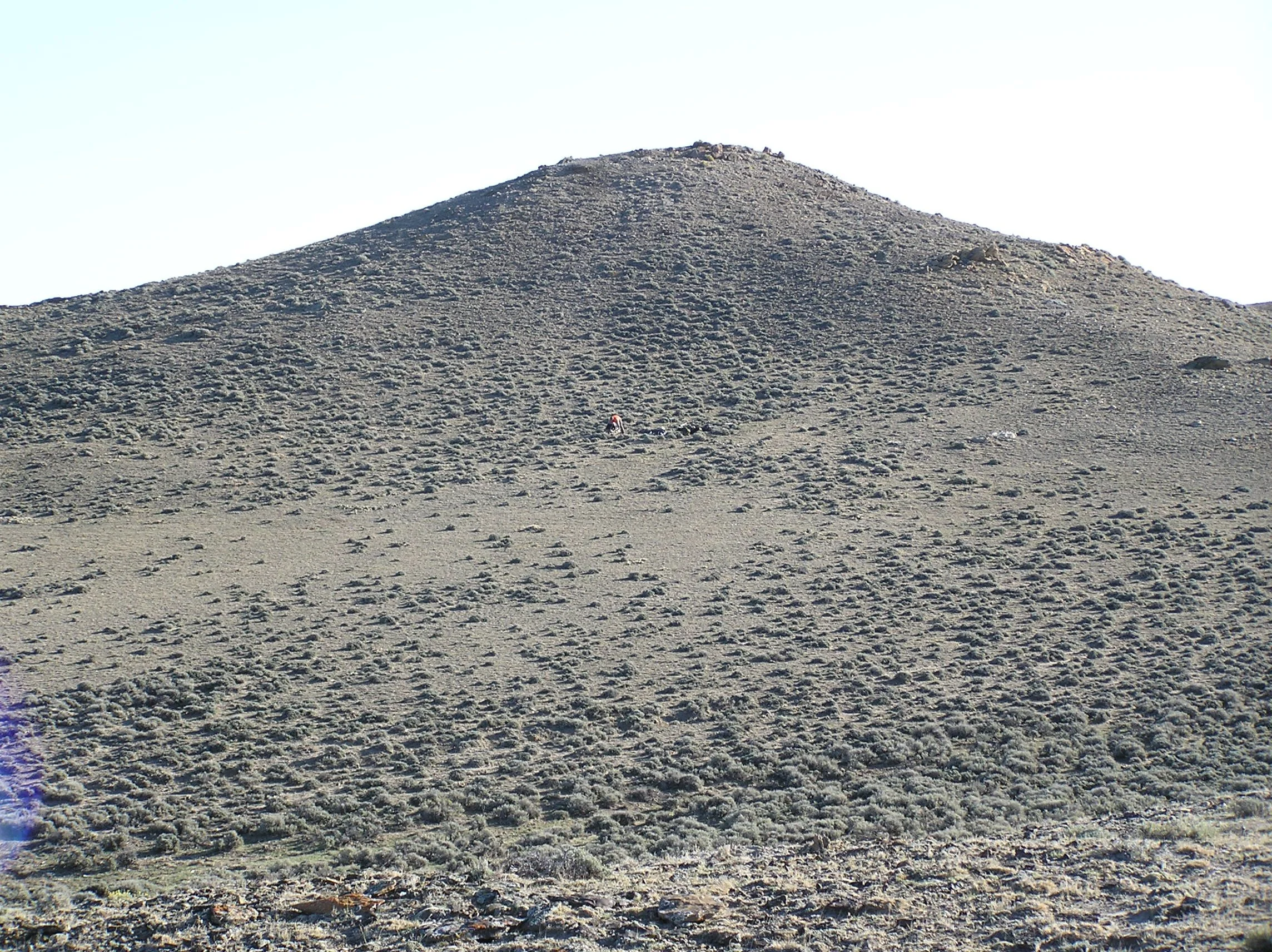Plenty of Pronghorn - Part 3
For the first two installments of this hunt see Part 1 and Part 2
This time rather than heading to the next ridge, Mike suggested we head back to his truck and drive to another area and start the glassing and stalking over again. This plan did not, however, take into account the potential for the well-developed curiosity of a Pronghorn buck. As we turned and headed down the slope that we had just climbed, one of us (for the life of me, I don’t know who), saw “our” buck that had circled around behind us and was now standing on the opposite slope studying us just as intently as before. This time no trophy evaluation was necessary. I lay down again, extending the legs of the bi-pod and chambering a cartridge as I settled into the prone position. The crosshairs were rock solid on the point of the Antelope’s left shoulder as he quartered towards us. Mike whispered, “Wait until he turns broadside”, and I hissed back “But I like quartering shots”, to which he responded, “Then shoot him!”
The orange dot in the distance is the spot where the Pronghorn buck was standing when the author fired
When the rifle came down from the recoil, the Pronghorn was sitting down on his haunches. As I fed another round into the chamber I watched him tip over onto his side. As he thrashed briefly, my guide yelled, “You hit him!” followed by “What a shot!” Hearing the surprise in his voice, I turned to him, with a “Thanks for the vote of confidence.” He smiled and said, “That was a 285-yard shot, and you drilled him.”
By the time we reached the buck, he had long since expired. He was everything I had dreamt of. The white, tan and black markings on his neck, shoulders and face were perfectly offset by the tall, curved horns that carried their mass well all the way from base to tip.
A very happy author with his long-dreamt-of trophy Pronghorn
As I stroked the buck’s hide, I noticed a lump just under the skin over his right ham. I cut down into the lump once the field dressing was completed, and found what remained of the Nosler Partition. The bullet had traveled the 285 yards, entered just behind the point of the shoulder and traversed the buck’s entire body, coming to rest at the furthest location possible from point of entry. In the process, the copper had peeled away from the soft frontal lead, resulting in the loss of this lead.
7mm Remington Magnum cartridge, 175-grain Nosler Partition, and the remains of the bullet that the author removed from his trophy
Some would argue that shedding so much of the bullet mass reflected poor performance. I would argue instead that the fact that the bullet traveled in a straight line through bone, muscle, etc, the entire length of the animal, reflected a fantastic outcome. Besides, to quote another guide to whom I had complained about the performance of a bullet, “So tell me, at what stage of the animal’s death did your bullet misbehave?”



